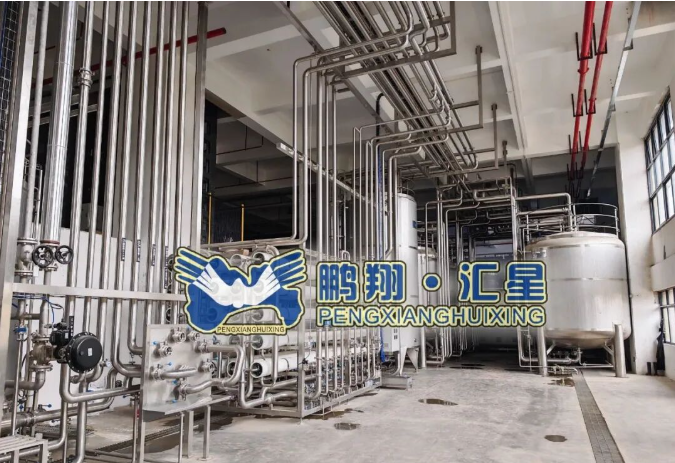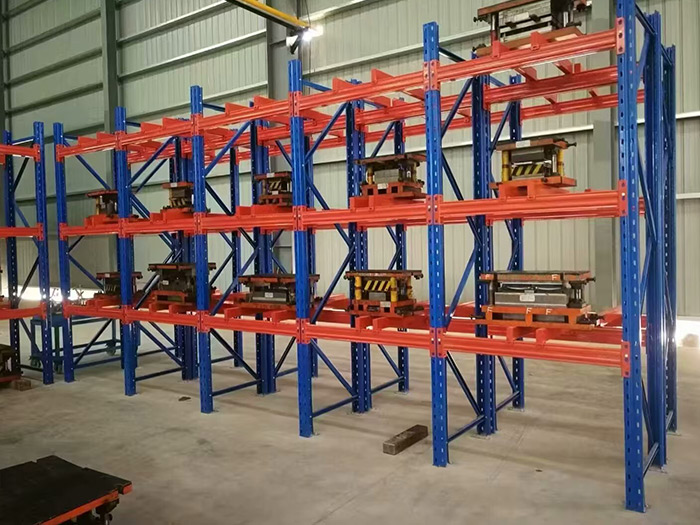When it comes to constructing or renovating a building, the choice of external wall cladding is crucial. Not only does it enhance the aesthetic appeal of a structure, but it also plays a significant role in insulation, weather resistance, and overall durability. This article delves into the various materials used for external wall cladding, examining their properties, advantages, and ideal applications to help you make an informed decision.
- Understanding External Wall Cladding
External wall cladding refers to the protective layer applied to the exterior walls of a building. It serves multiple purposes, including:
- Aesthetic Enhancement: Cladding can dramatically change the appearance of a building, allowing for creative architectural designs.
- Weather Protection: It shields the underlying structure from harsh weather conditions, including rain, wind, and UV radiation.
- Insulation: Properly installed cladding can improve a building's thermal performance, reducing energy costs.
- Structural Integrity: Cladding can add an extra layer of strength to the building envelope.
- Common Materials Used for External Wall Cladding
2.1. Wood Cladding
Properties: Wood is a traditional cladding material known for its natural beauty and versatility. It can be treated for weather resistance and is available in various species, including cedar, redwood, and pine.
Advantages:
- Aesthetic appeal with a warm, organic look.
- Good insulation properties.
- Environmentally friendly when sourced sustainably.
Ideal Applications: Residential homes, cabins, and buildings in natural settings.
2.2. Vinyl Cladding
Properties: Vinyl cladding is made from polyvinyl chloride (PVC) and is available in a wide range of colors and styles, including wood-like finishes.
Advantages:
- Low maintenance and resistant to rot and pests.
- Cost-effective compared to other materials.
- Good insulation properties.
Ideal Applications: Budget-friendly residential projects and commercial buildings.
2.3. Metal Cladding
Properties: Commonly made from aluminum or steel, metal cladding offers a sleek, modern appearance. It can be finished with various coatings for added durability.
Advantages:
- Highly durable and resistant to fire, pests, and rot.
- Minimal maintenance required.
- Reflective properties can enhance energy efficiency.
Ideal Applications: Commercial buildings, industrial facilities, and contemporary residential designs.
2.4. Brick and Masonry
Properties: Brick and masonry cladding provide a classic look and are known for their strength and durability. They are often used in traditional architecture.
Advantages:
- Excellent thermal mass, helping to regulate indoor temperatures.
- Low maintenance and long-lasting.
- Fire-resistant and pest-resistant.
Ideal Applications: Historical buildings, urban developments, and residential homes.
2.5. Fiber Cement Cladding
Properties: Made from a mixture of cement, sand, and cellulose fibers, fiber cement cladding mimics the appearance of wood or masonry while offering superior durability.
Advantages:
- Resistant to rot, fire, and pests.
- Low maintenance and available in various styles.
- Eco-friendly options available.
Ideal Applications: Residential homes, commercial buildings, and areas prone to severe weather.
2.6. Stone Cladding
Properties: Natural stone cladding provides a luxurious and timeless appearance. It can be made from various types of stone, including granite, limestone, and slate.
Advantages:
- Exceptional durability and weather resistance.
- Unique aesthetic appeal with natural variations.
- Low maintenance when properly sealed.
Ideal Applications: High-end residential projects, commercial buildings, and feature walls.
- Factors to Consider When Choosing Cladding Material
When selecting the appropriate cladding material for your project, consider the following factors:
- Climate: Different materials perform better in specific weather conditions. For instance, metal cladding may be ideal in areas prone to wildfires, while vinyl may suit milder climates.
- Budget: Assess the cost of materials and installation, as well as long-term maintenance expenses.
- Aesthetic Goals: Choose a material that aligns with the architectural style and desired appearance of the building.
- Sustainability: Consider eco-friendly options and the sourcing of materials to minimize environmental impact.
- Conclusion
Choosing the right material for external wall cladding is a vital decision that impacts the building's aesthetics, durability, and energy efficiency. By understanding the properties and advantages of various materials, you can make an informed choice that meets your specific needs and preferences. Whether you opt for the timeless elegance of stone, the modern appeal of metal, or the warmth of wood, the right cladding will enhance your building's value and performance for years to come.



More Stories
Safety First: Essential Features of Heavy Duty Storage Racks
The Versatility of Glass Fiber Cloth in Modern Industries
Why Indoor Adventure Parks Are the Perfect Rainy Day Solution